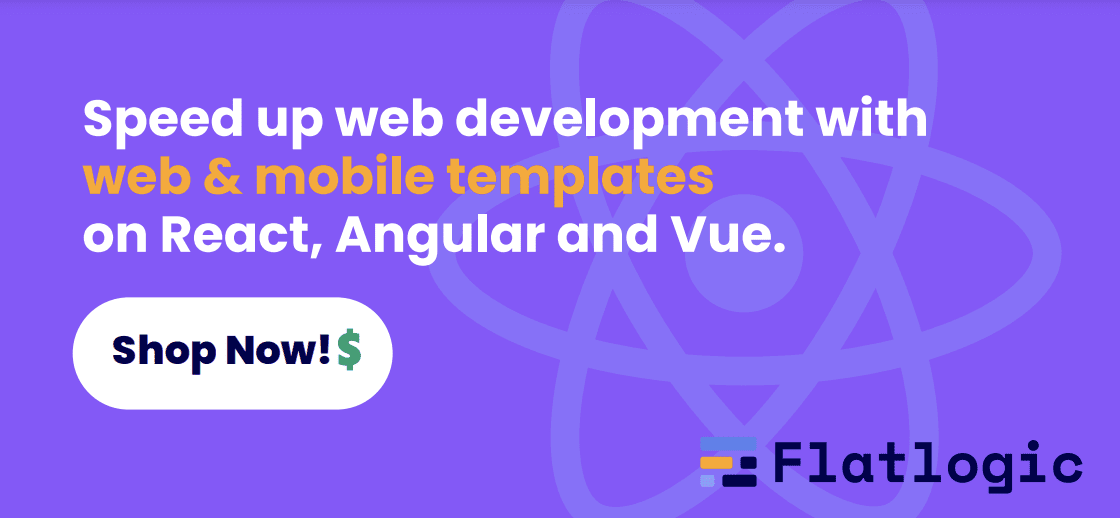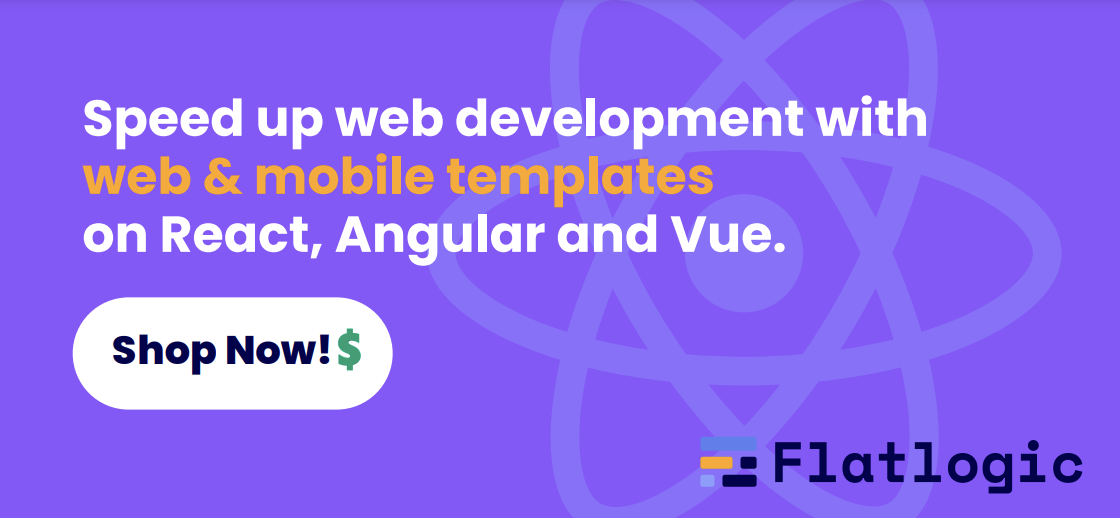
Top OpenAI Tools, Examples & Use Cases
January 30, 2023Imagine the impact of Artificial Intelligence (AI) creating your entire website in seconds, delivering original and human-readable content. What an achievement! Heard about OpenAI? Interested in what OpenAI is and what can it do for you? Want to learn more about the latest OpenAI tools, examples, and use cases? Don’t know where to start, but have heard about the possibilities of OpenAI? Then this article is for you!
OpenAI provides a variety of services, tools, and use cases to assist companies, developers, and academics in implementing AI capabilities. It demonstrates the potential of AI among a wide range of application scenarios, including chatbots, driverless cars, robots, and healthcare.
In this article, you will discover the best OpenAI tools, examples, and use cases. Also here will be covered OpenAI’s potential and how effective AI applications can be made with it. We’ll discuss how OpenAI influences development. And by the end, you’ll have a better understanding of OpenAI and the many resources they offer.
What is OpenAI?
The world of Artificial Intelligence (AI) is constantly evolving and one of the most advanced AI capabilities is OpenAI. OpenAI is a non-profit organization dedicated to researching and developing artificial general intelligence, with the primary goal of developing Artificial General Intelligence (AGI) as safe and beneficial to humanity.
AI models are developed, trained, and deployed in real-world settings using OpenAI technologies. Machine learning, natural language processing, computer vision, robotics, and other fields are among the application cases for OpenAI. To assist developers with their introduction to AI, OpenAI has also made a variety of tutorials and tools available. Developers must be familiar with the concepts of AI, machine learning, and deep learning to use OpenAI tools. They also need to be familiar with coding languages such as Python, TensorFlow, and PyTorch. Once familiar with the basics, developers can begin to explore and use OpenAI tools for their AI projects. Additionally, they must be conversant in programming languages like Python, TensorFlow, and PyTorch. Developers may start exploring and utilizing OpenAI resources for their AI projects after they are comfortable with the fundamentals.
Benefits & Risks of using OpenAI
Benefits of using OpenAI:
- Since OpenAI is an open-source platform, developers may freely access its tools and libraries and it is free to use.
- Because of OpenAI’s tremendous scalability and power, developers may easily create sophisticated AI models.
- Users may have faith in OpenAI’s dependability since it has the support of some of the biggest technology businesses in the world.
- To build AI models for various tasks including natural language processing, computer vision, and reinforcement learning, OpenAI offers several tools and frameworks.
- OpenAI is backed by some of the world’s leading technology companies, so users can trust its reliability.
- OpenAI is highly scalable, so users can build sophisticated AI models with ease.
Risks of using OpenAI:
- OpenAI is still a relatively new platform and its tools and libraries are not yet widely adopted.
- OpenAI is not yet well-documented, so developers may find it difficult to understand how to use its tools and libraries.
- OpenAI may be vulnerable to malicious attacks as its code is open-source.
- OpenAI may be difficult to integrate with existing systems, as it is a relatively new platform.
- OpenAI may be limited in its ability to handle large and complex datasets.
What is GPT-3?
GPT-3 (Generative Pre-trained Transformer 3) is an artificial intelligence language model developed by OpenAI. It is the largest and most powerful natural language processing model ever created, and it can generate human-like text from a few words or phrases. GPT-3 can be used for a variety of tasks, including natural language generation, question answering, summarization, translation, and more. GPT-3 is an incredibly powerful tool for developers and researchers, as it can quickly generate accurate and meaningful results from natural language input.
Over 175 billion machine learning parameters make up the deep learning neural network used in GPT-3. To put things in perspective, Microsoft’s Turing NLG model, which has 10 billion parameters, was the biggest trained language model before GPT-3. GPT-3 will be the biggest neural network ever created as early as 2021. As a result, GPT-3 is superior to all earlier models in terms of creating text that appears to have been produced by a person.
What are the benefits of GPT-3?
- Automation of Processes: GPT-3 can automate a variety of processes by comprehending the context of natural language. This can cut down on the time and materials needed for laborious operations.
- Simple Accessibility: Anyone with an internet connection can use GPT-3 because it is made available through an API. This makes it simple and easy for developers to include GPT-3 in their applications.
- Cost and Time Savings: GPT-3 can save developers time and money by automating tasks that would otherwise need human labor. As a result, projects may be completed more quickly, at a lesser cost, and with more efficiency.
- Better Quality: Because GPT-3 can comprehend natural language and provide better outcomes, it can produce results that are of a higher caliber than those produced by manual procedures.
- Scalability: GPT-3 is a fantastic option for firms that need to swiftly analyze massive datasets since it can scale easily to accommodate greater volumes of data and difficult jobs.
- Enhancing User Experiences: GPT-3 can provide more natural language replies, which enhances the user experience. Customer happiness and loyalty may go up as a result of this.
What are the risks and limitations of GPT-3?
GPT-3 has some risks and limitations. As a potent artificial intelligence tool, GPT-3 is open to malevolent usage since it may be used to produce compelling but fraudulent information, like fake news. Additionally, it may be used to automate potentially immoral behaviors, including harassing others automatically or producing biased information. GPT-3 is a malicious program that may be used to manipulate search engine results or produce deep fakes.
Furthermore, the comprehension of context and real language by GPT-3 is still limited. Beyond its training data, it is still unable to draw generalizable conclusions. Additionally, GPT-3 has a limited capacity for creating original material because it only repeats what it has already seen.
Use Cases
Robotics
OpenAI’s robotics platform can quickly develop robots for use in industrial and medical applications, allowing roboticists to develop complex robotic systems.
Autonomous Cars
OpenAI’s autonomous car platform is used to develop cars that can navigate and drive safely while avoiding obstacles and other vehicles on the road. 3. Natural Language Processing: OpenAI’s natural language processing platform is used to develop AI systems that can understand and process human language, enabling more natural conversations between humans and machines.
Speech Recognition
OpenAI’s speech recognition platform is used to develop AI systems that can understand spoken commands, allowing for more natural interactions with machines.
Image Recognition
OpenAI’s image recognition platform is used to develop AI systems that can recognize objects, faces, and other visual elements, allowing machines to better understand the world around them.
Virtual Assistants
OpenAI’s virtual assistant platform is used to develop AI systems that can provide personalized assistance and recommendations, allowing for more natural interactions with machines.
Health Care
OpenAI’s health care platform is used to develop AI systems that can detect diseases and provide medical recommendations, allowing for more accurate and personalized care.
Financial Services
OpenAI’s financial services platform is used to develop AI systems that can detect fraud and provide financial insights and advice, enabling more efficient and accurate financial decisions.
Top 15+ OpenAI Tools in 2023
OpenAI tools are a suite of open-source software tools developed by OpenAI, a research laboratory specializing in artificial intelligence. The tools are designed to enable researchers to build and deploy AI-powered applications and services. OpenAI tools include the OpenAI Gym, a library of reinforcement learning environments, and the OpenAI Baselines library of pre-trained reinforcement learning algorithms. OpenAI also provides the OpenAI Platform, a platform for training and deploying AI models, as well as the OpenAI Five, an AI-powered game-playing platform.
Web Development & Web Application Tools
- OpenAI Tools Categories: Web Development, Web Application, Websites Builder, Code Generation, Developer Tools, Low-Code, No-Code.
Flatlogic provides integration that leverages the natural language processing capabilities of OpenAI to automatically generate a database schema based on the user’s description of the app. Flatlogic Full-Stack Web Generator creates a fully-functioning web app in minutes based on the supplied description of the app in English!
How does it work?
To start using the Platform, you need to register on the Flatlogic website. Clicking the “Sign in” button in the header will allow you to register for a Flatlogic account.
Step 1. Choosing the Tech Stack
In this step, you’re setting the name of your application and choosing the stack: Frontend, Backend, and Database.

Step 2. Choosing the Starter Template
In this step, you’re choosing the design of the web app.

Step 3. Schema Editor
In this step, you can create your database schema from scratch, import an existing schema, select one of the suggested schemas or you can define a database schema and add a description by clicking on the “Generate with AI” button.
To define a database schema and add a description by clicking on the “Generate with AI” button. You need to type the application’s description in the text area and hit “Send”.

The application’s schema will be ready in around 15 seconds. You may either hit deploy immediately or review the structure to make manual adjustments.
Step 4. Choose Integration method & Features
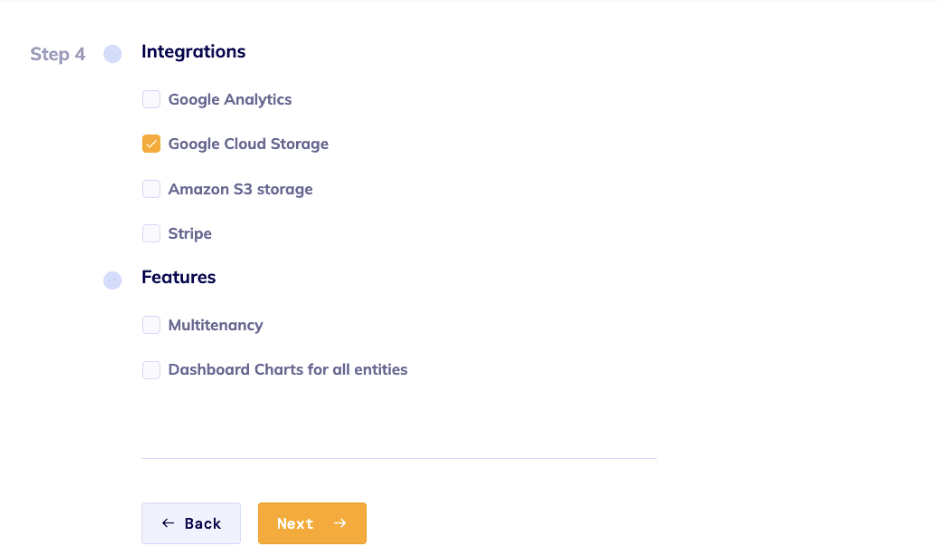
Next, you can connect your GitHub and push your application code there. Or skip this step by clicking the Finish and Deploy button and in a few minutes, your application will be generated.
Debuild

GitHub link: https://github.com/Debuild-co
Debuild is one of the top GPT-3 tools for building highly optimized web apps from a single English description. Businesses may easily begin with a phrase and conclude with their intended new application. Debuild makes it possible to develop software more quickly than before. This platform also allows non-professional users to create apps without programming knowledge or skills.
Key Features:
- Web interface that is easy to use for developing and managing Debian packages.
- Automated package building.
- Tools for dependencies and resolving dispute management.
- Checks checksums and signature files to ensure package integrity.
- Metadata management.
- Server or PPA deployment.
Websites Builder Tools
Enzyme
GitHub link: https://github.com/enzymejs/enzyme
Enzyme creates web pages in a matter of seconds. Enzyme makes it possible for you to create personal websites, landing pages, and online applications. Just describe the type of website you want in the form. A website would be created by Enzyme in a matter of seconds.
Also, Enzyme can be used as a no-code tool that developers and companies use to create and implement smart contracts.
Key Features:
- Automatically generate optimized landing pages based on user input.
- Drag & Drop interface with which users can easily customize their landing pages with minimal effort.
- Automatic Conversion Tracking
- AI-powered optimization algorithms to optimize landing pages for better performance.
- A/B testing tool, which allows you to easily test different page elements to see which performs better.
Code Generation
DeepGenX
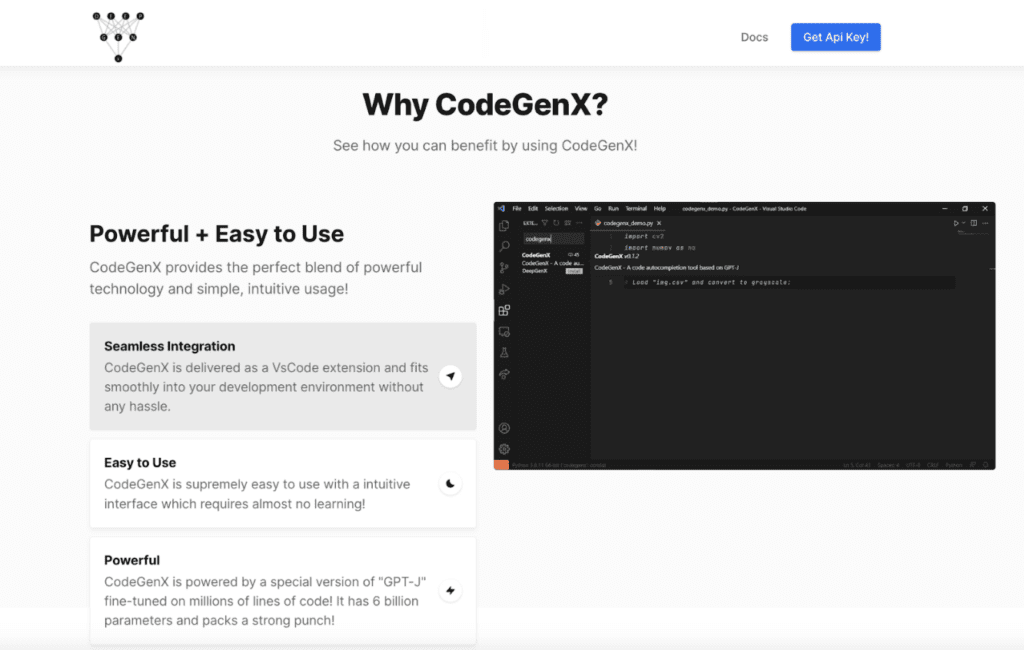
GitHub link: https://github.com/DeepGenX/CodeGenX
DeepGenX is an open-source deep learning platform for creating and deploying AI models. CodeGenX is a free code-generation system (similar to GitHub Copilot) powered by a fine-tuned version of GPT-J. It is designed to help data scientists and developers quickly build, scale, and deploy advanced machine-learning models. It provides a comprehensive API for creating and training models and an intuitive dashboard and web UI for deploying and monitoring model performance. DeepGenX is ideal for developers and data scientists who want to build and deploy advanced models with minimal effort quickly.
Key features:
- Automated model building and training;
- Intuitive web UI for deploying models to production;
- Intuitive dashboard for monitoring model performance;
- Tools for integrating data from multiple sources;
- Cloud-based model hosting;
- Automated model optimization.
Epsilon Code
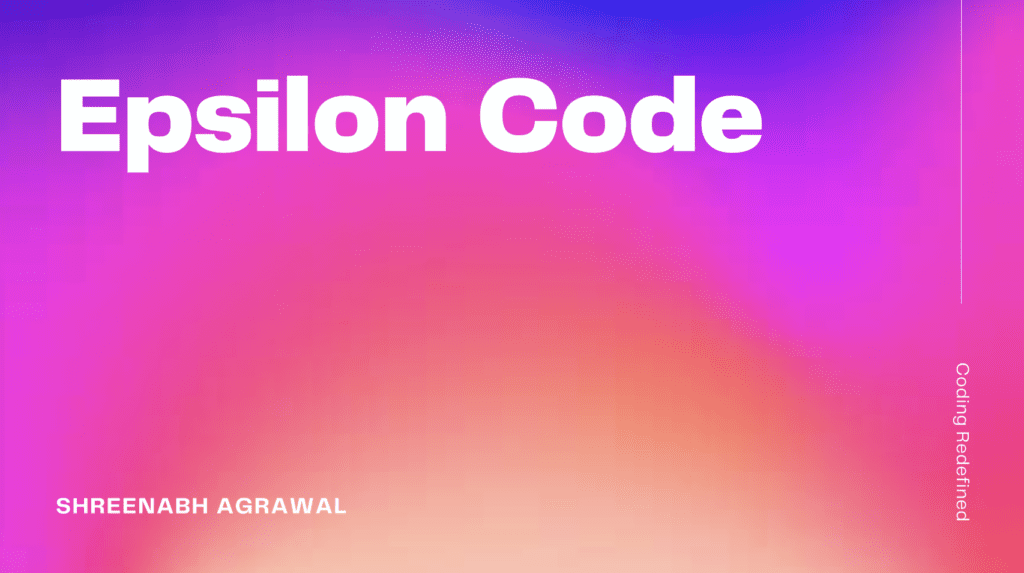
GitHub link: https://github.com/Shreenabh664/Epsilon-Code
Epsilon Code is a free tool for developers that helps them quickly create, test, and deploy web applications in the cloud using Python code- with some help from AI. It provides a suite of tools for creating, testing, and deploying web applications, handling authentication, managing databases, and more. With Epsilon Code, developers can quickly create web applications without having to learn complex web technologies. Epsilon Code is designed to be simple and easy to use so that developers can focus on creating robust and high-quality web applications.
Key Features:
- Automated code generation for web applications based on user-defined parameters.
- Cloud platforms support such as Amazon Web Services, Microsoft Azure, and Google Cloud Platform.
- AI-Powered code analysis that helps developers debug and optimize their code quickly.
- Automated deployment of web applications across multiple cloud platforms.
- Security & Authentication.
GPT-3 Tailwind CSS
GitHub Link: https://github.com/themesberg/gpt-3-tailwindcss
Tailwind CSS may be used to create flexible and adaptable web apps with the GPT-3 architecture. It offers several tools and components that make it simple to quickly and easily create stunning web apps. On top of Tailwind CSS, GPT-3 Tailwind CSS has been developed. It includes AI-powered features including automatic layout, intelligent color palettes, and more. Custom theming, media queries and responsive design are other sophisticated capabilities that it enables.
Key Features:
- Responsive design to ensure that your web apps appear fantastic on all devices.
- Utility-first classes that let you create terse, manageable code.
- The type-safe style that enables you to stay error-free and guarantees compatibility
- Simple-to-use APIs that may be used to create new features and expand existing ones.
- Pre-built components for easily developing complicated web apps.
- Support for custom animations, breakpoints, and themes for maximum versatility.
Gptsh

GitHub link: https://github.com/shorwood/gptsh
GPTsh (Generative Pre-trained Transformer Shell) is an open-source command-line shell and interactive environment for working with GPT-3, the potent natural language processing (NLP) model from OpenAI. It enables users to engage with GPT-3 simply and intuitively, allowing them to easily compose text, build dialogs and tales, generate code, and more.
Key Features:
- Easy-to-use command-line interface for interacting with GPT-3.
- Interactive environment for quickly generating text, dialogs, and stories.
- Ability to generate code in various languages.
- Ability to customize GPT-3’s parameters and hyperparameters.
- Access to the complete GPT-3 API.
- Support for many popular programming languages including Python, JavaScript, and Go.
Microsoft’s GitHub Copilot
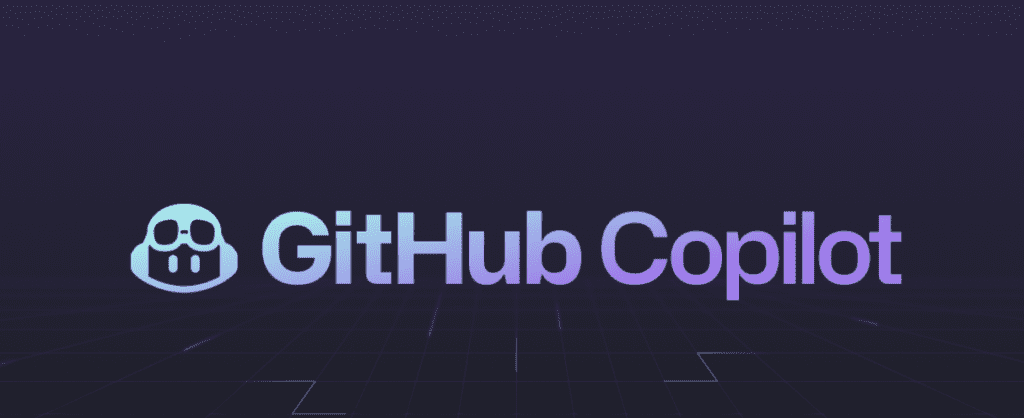
GitHub link: https://github.com/features/copilot
Microsoft’s GitHub Copilot pair-programming service is generally available to all developers as of June 21. With the AI component working as a pair-programming helper, GitHub Copilot offers code suggestions to developers directly in their editors. The purpose of suggestions is to provide developers with options for what to accept, reject, or alter based on the context and stylistic norms of a project.
GitHub Copilot is a back-end service and a plugin for Visual Studio Code. It supports a wide range of languages and frameworks. Officials from Microsoft claimed that while the technical preview is compatible with many additional languages, it performs particularly well with Python, JavaScript, TypeScript, Ruby, and Go.
GitHub Copilot, which is built on OpenAI’s Codex, was created in a partnership between Microsoft and OpenAI. The codex was trained on trillions of lines of publicly accessible source code, including code in open GitHub repositories, and on natural language, so it can comprehend both programming languages and everyday speech.
Key Features:
- A simple graphical user interface to quickly and easily set up, configure, and deploy GitHub repositories.
- Automated workflow to simplify the process of creating, configuring, and deploying repositories.
- Integration with Microsoft Teams and Slack to facilitate collaboration.
- Analytics to track usage and performance of repositories.
- Support for popular programming languages such as JavaScript, Python, and Go.
- Secure authentication with GitHub and Microsoft accounts.
Developer Tools
Developer AI Tools are a group of artificial intelligence and machine learning tools created to speed up and improve the process of creating apps. Utilizing automation powered by AI, these solutions let developers build, test, and deploy apps rapidly and accurately. By automating testing and debugging, these technologies can shorten the development cycle and assist developers in finding and fixing issues. In addition to producing higher-quality applications, this can help developers save time and money.
Fix
GitHub link: https://github.com/tom-doerr/fix
Fix is a program that suggests solutions for errors in the command line using OpenAI’s Codex AI to produce suggestions.
Everyprompt
Everyprompt is an OpenAI natural language processing (NLP) tool that enables programmers to quickly produce text that is pertinent to a particular scenario. It produces text with a high degree of accuracy using the potent natural language processing (NLP) model GPT-3 from OpenAI. Additionally, Everyprompt provides tools like auto-suggest, context-aware text completion, and auto-correction that enable developers to rapidly and efficiently compose content without having to type it all by hand.
GPT-3 API
The OpenAI GPT-3 API may be used for practically any activity that includes interpreting or producing natural language or code. It offers a multipurpose “text in, text out” interface that enables users to test it out on almost any English language activity.
The following use cases are compatible with GPT-3 API:
- Sentiment Analysis & Semantic Search;
- Translation, Summarization, Concept development;
- Classification.
The models powering the API come in a variety of shapes, sizes, and pricing ranges. The Davinci, Curie, Babbage, and Ada models form the foundation of the GPT-3. The GPT-3 ancestor that has been trained on both code and natural language is the Codex series.
HASH
GitHub link: https://github.com/hashintel/hash
HASH is an open-source tool from OpenAI made to assist developers in producing AI-generated text fast and effortlessly. It generates text that is pertinent to a given situation using several natural language processing (NLP) models, including GPT-3 and BERT. Developers may create content more rapidly with HASH’s auto-suggest, auto-correction, and context-aware text completion tools instead of having to type it all out by hand.
Forefront
Microsoft’s Forefront platform is a cloud-based platform that offers tools and services for creating and deploying conversational AI experiences and intelligent bots. The development process is facilitated by the inclusion of technologies including natural language processing (NLP), dialog management, machine learning, and analytics. Developers may connect safely to and upload their bots to the cloud using Forefront, which also offers connection with other Microsoft products including Microsoft Teams and Slack.
Copywriting
The Copywriting OpenAI toolkit is a collection of AI-powered tools intended to assist copywriters in producing engaging and persuasive material. The tools evaluate and improve content for optimum effect using NLP and AI. Insights on their material are given to copywriters by the tools, which also offer phrases and terms that can improve engagement and conversion rates. OpenAI technologies for copywriting also offer thorough analytics and reporting to monitor the effectiveness of content.
Conto AI
Conto AI offers enterprises and organizations AI-driven solutions and services for intelligent language processing. It uses artificial intelligence to quickly and affordably produce a fantastic copy. More than 20 content, social media, and marketing templates that are ready to use are available.
Content Villain
Content Villain is an AI-powered content optimization platform. Advanced artificial intelligence and natural language processing are used to assess and improve website content. This aids online marketers and content producers in raising the exposure and search engine rankings of their websites. Additionally, Content Villain gives suggestions for improvement and delivers in-depth analyses of content performance.
Content Launch
Content Launch is a content marketing automation platform designed to help users plan, publish, and measure their content across multiple channels. It offers a suite of tools designed to streamline the content marketing process, including content calendars, publishing, analytics, and collaboration tools. Content Launch enables users to plan, create, and publish content more efficiently, enabling them to optimize their content for maximum impact.
ContentBot.ai
An AI-powered content production platform called ContentBot.ai was created to make it simple and quick for users to produce high-quality content. Natural-language processing, automatic writing aid, and support for multimedia material are just a few of the capabilities it offers to make the process of creating content simpler. To assist users in optimizing their content for optimum interaction, ContentBot.ai also offers metrics and insights.
Summing Up
OpenAI is also actively researching and developing solutions for ethical and social issues related to AI. OpenAI’s Responsible AI initiative focuses on understanding the implications of AI technology, developing guidelines and best practices for responsible AI development, and increasing public understanding of the technology. OpenAI also has an AI Safety team, which is dedicated to researching and developing solutions to ensure the safety of AI systems and to address potential risks of the technology. OpenAI is an essential player in the development of AI technology and its tools, examples, and use cases are essential to the advancement of AI technology. OpenAI’s tools, standards, and use cases demonstrate the potential of AI technology and its ability to be applied to a variety of scenarios. OpenAI’s research and development of ethical solutions for AI technology also demonstrate its commitment to the responsible development of AI technology. OpenAI is paving the way for the development of Artificial General Intelligence and its tools, examples, and use cases will be essential in the development of AI capabilities.

